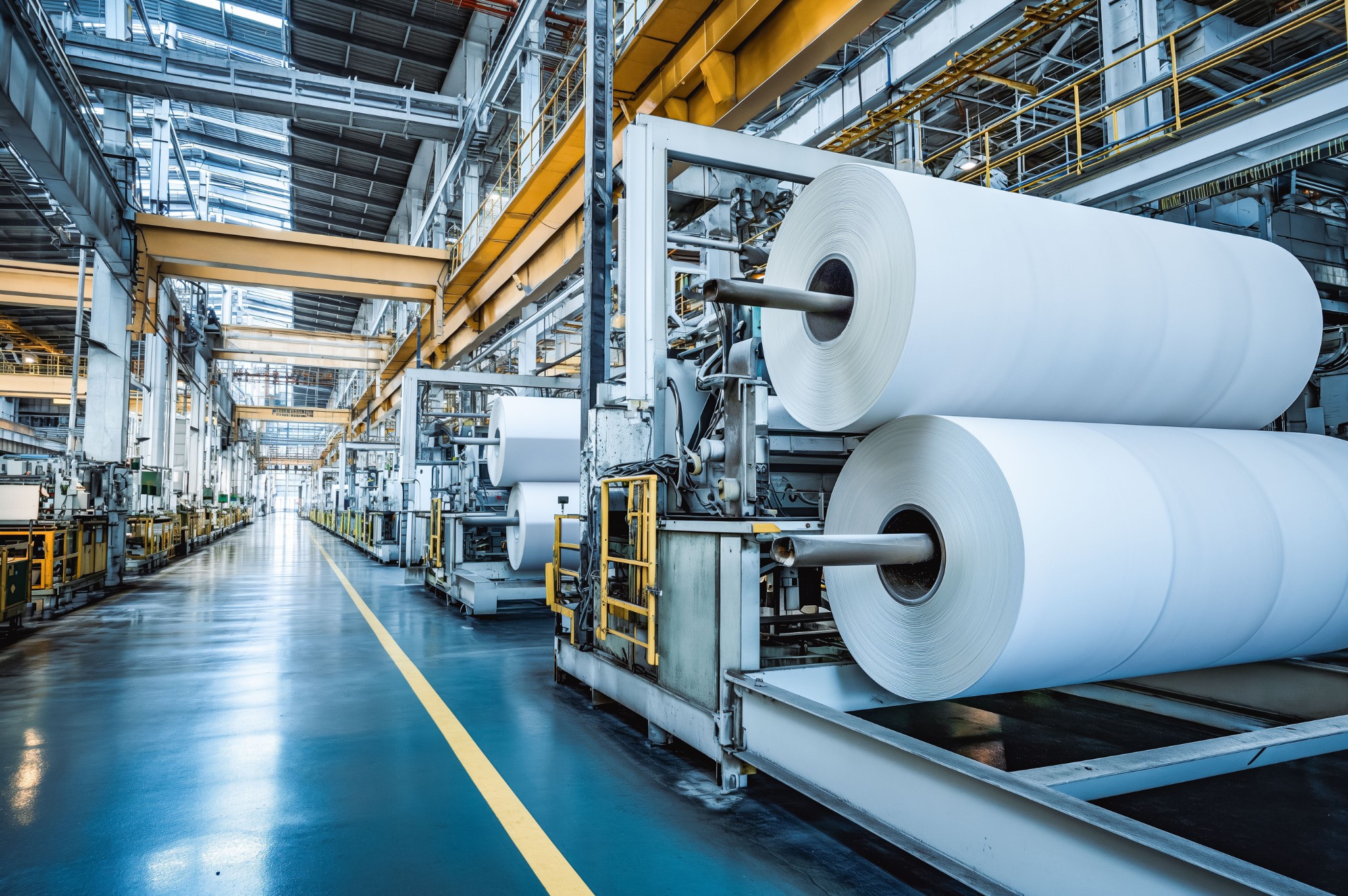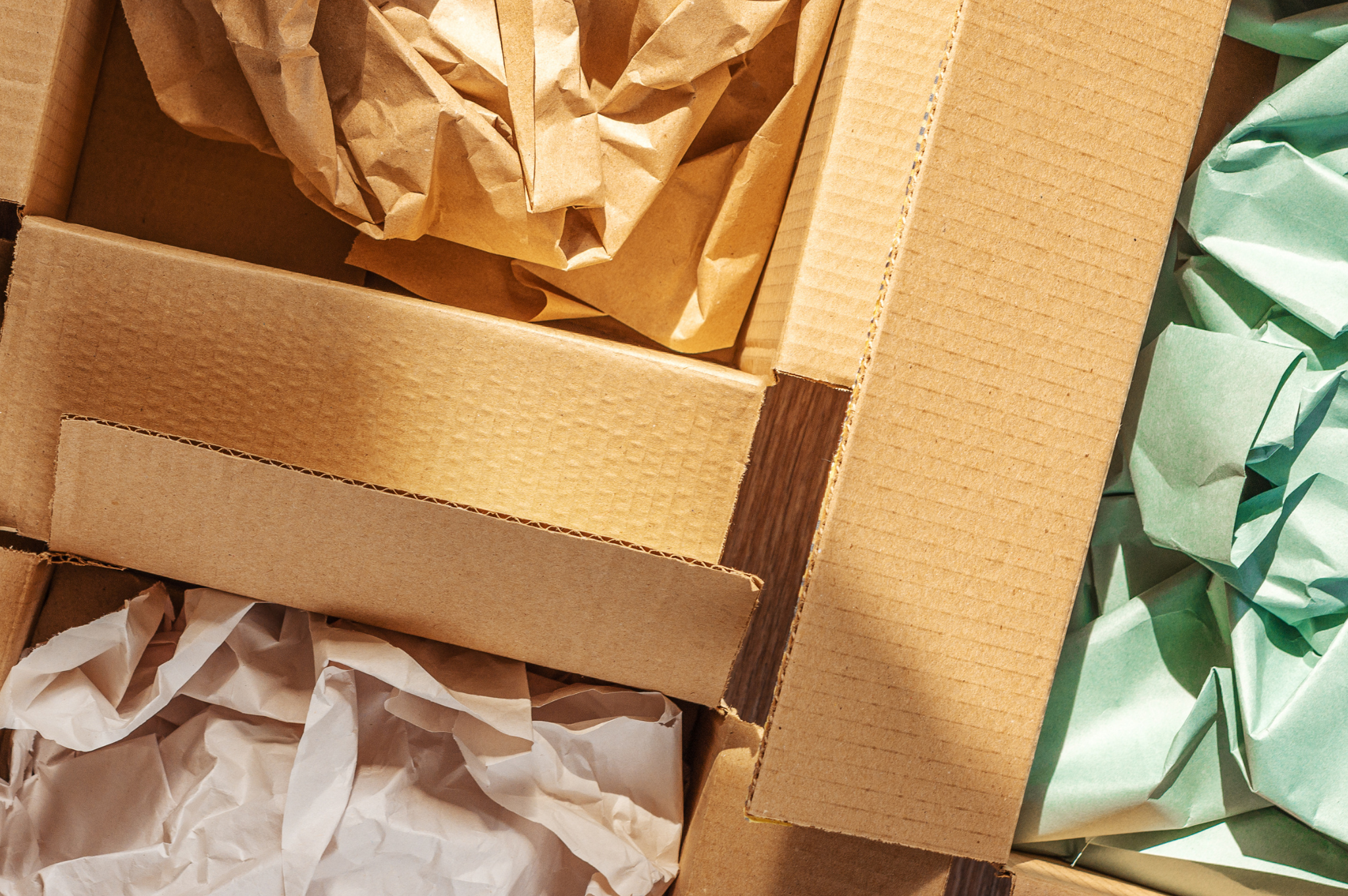In sustainable packaging, every choice counts. For decades, performance requirements have often dictated material choices, adding plastic films, polyethylene (PE) liners, or other synthetics to make packaging grease-proof, water-resistant, or heat-tolerant.
The downside? Those same materials can limit recyclability, prevent composting, and linger in the environment for decades.
Fiber-first biodegradability flips the development process. It starts with substrates—like paper, molded fiber, or pulp—that are already recyclable, compostable, and repulpable, then layers on barrier science that preserves those end-of-life benefits.
Why Starting with Fiber Makes a Difference
Paper and fiber packaging are inherently:
-
Renewable, sourced from responsibly managed forests and recycled materials.
-
Widely accepted in municipal recycling streams.
-
Biodegradable in the right environmental conditions.
When coated with traditional plastic liners, those benefits are diminished or erased entirely. PE-lined cups, for example, rarely get recycled despite being “part paper.” Fiber-first biodegradability ensures the package’s foundational strengths remain intact.
Engineering Performance Without Compromise
The challenge is performance. Fiber alone doesn’t naturally repel oil, resist moisture, or block oxygen transmission. For packaging that needs to hold a greasy sandwich, survive freezer storage, or protect sensitive dry goods, barrier coatings are essential.
With a fiber-first approach, the coatings are designed to:
-
Be PFAS-free and plastic-free to meet evolving regulations.
-
Maintain recyclability, compostability, and repulpability so the substrate can return to the materials cycle.
-
Deliver performance at lower coat weights, reducing resource use and improving breakdown rates after disposal.
Market and Regulatory Drivers
Fiber-first biodegradability is gaining traction because it aligns with two major forces shaping the packaging industry:
-
Regulation – Bans on PFAS and single-use plastics are expanding globally, with strict compliance timelines for foodservice and consumer goods packaging.
-
Consumer Expectations – Shoppers increasingly factor packaging sustainability into purchasing decisions, rewarding brands that make clear, verifiable environmental claims.
Designing with the End in Mind
This approach is as much about lifecycle thinking as it is about materials science. It asks:
-
How will the package perform during use?
-
How will it be processed after disposal—curbside recycling, industrial composting, or biodegradation?
-
Can performance be achieved without sealing fiber in a non-biodegradable shell?
When those questions guide development, packaging can protect products and preserve the planet’s resources.
From Theory to Practice
Across foodservice, e-commerce, and consumer goods, fiber-first biodegradable packaging is proving it can:
-
Handle hot, oily foods without plastic films.
-
Withstand moisture and temperature shifts in transit.
-
Integrate into existing recycling and composting infrastructure.
Packaging innovators are making this possible by developing coatings that preserve the recyclability, compostability, and repulpability of fiber substrates—without relying on PFAS or plastic. Impermea Materials has been at the forefront of this work, engineering barrier solutions that deliver oil, grease, and moisture protection at lower coat weights while keeping the fiber’s natural end-of-life pathways intact.
Looking Ahead
Fiber-first biodegradability isn’t a trade-off. It’s a redefinition of what high-performance sustainable packaging can be. For brands, it’s a pathway to meet performance, regulatory, and sustainability goals in a single solution. For the planet, it’s one less reason for packaging to outlive its purpose.
We custom-engineer powerful, long-lasting protection for your products without PFAS or plastic—using 75% less material than traditional coatings. Unlike most suppliers, we work directly with your converters and stay with you from initial lab testing through full production.
Together, we're setting new performance standards in packaging, textiles, and healthcare—delivering results for your business and our planet.
👉 Contact us for technical data, samples or to talk through your sustainability shift.
Your path to sustainable coatings starts now. Let's walk it together.



